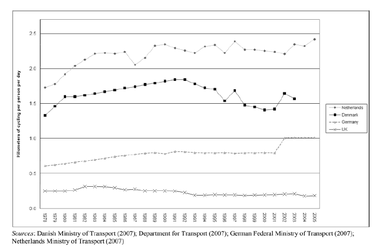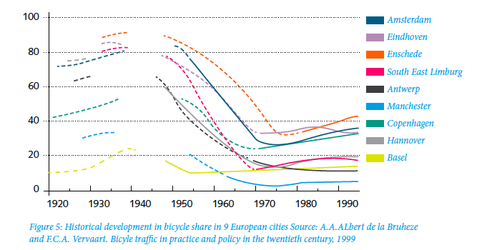Richard Mann
Well-Known Member
- Location
- Oxford
What Hembrow was doing was pointing out out how the Netherlands changed street design to a less car-centric model.
That's a bit ahistorical. They upgraded pre-existing cycle tracks to make room for cars. Subsequently they've moved to a less car-centric model, but starting from a rather different road-form and urban-form.
As I've said several pages of posts before: as far as I'm concerned (dell must on holiday) other ideas are more than welcome. Show us how it's politically, financially and spatially viable.



 They put the riders in the door zone (unless they ride out of the lane) - contrary to any modern safe-cycle training practice.
They put the riders in the door zone (unless they ride out of the lane) - contrary to any modern safe-cycle training practice.